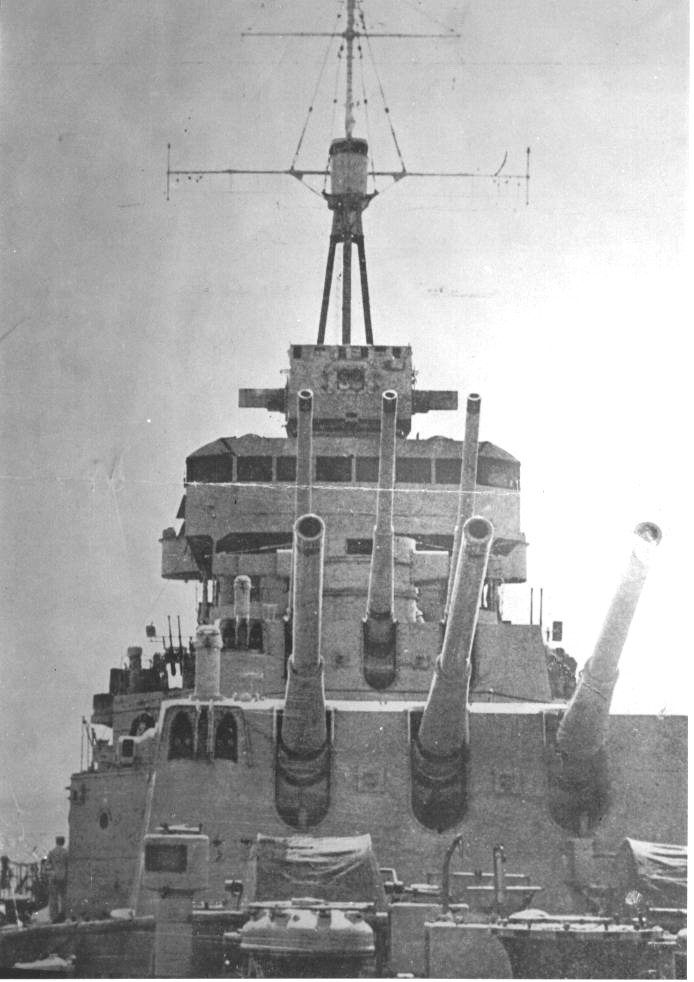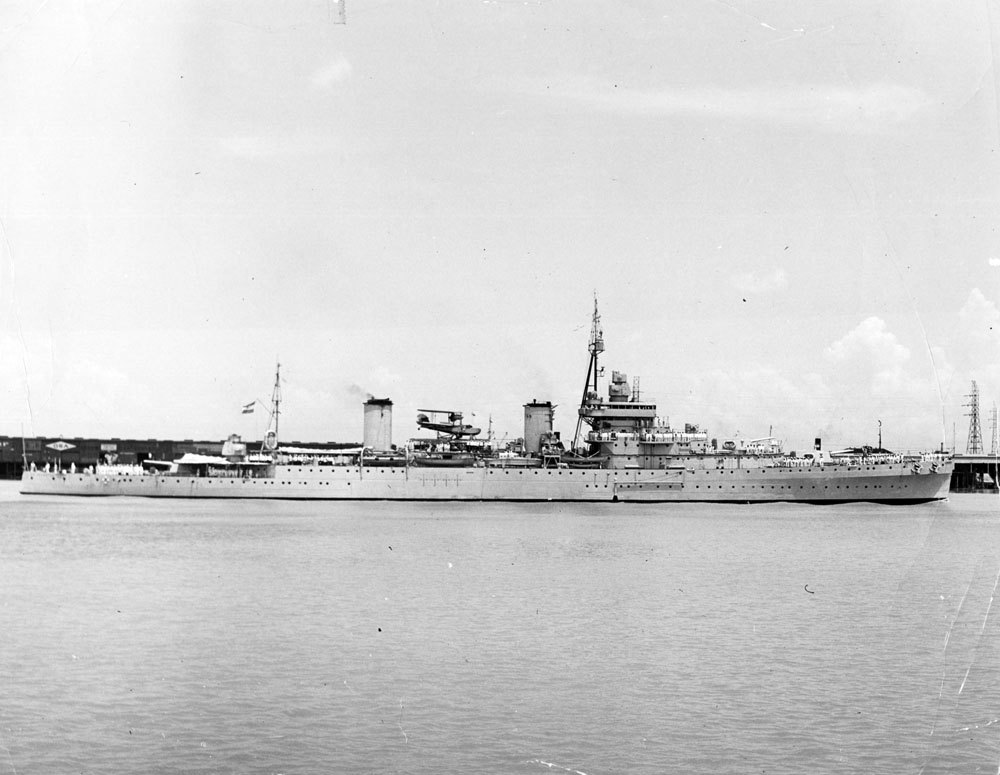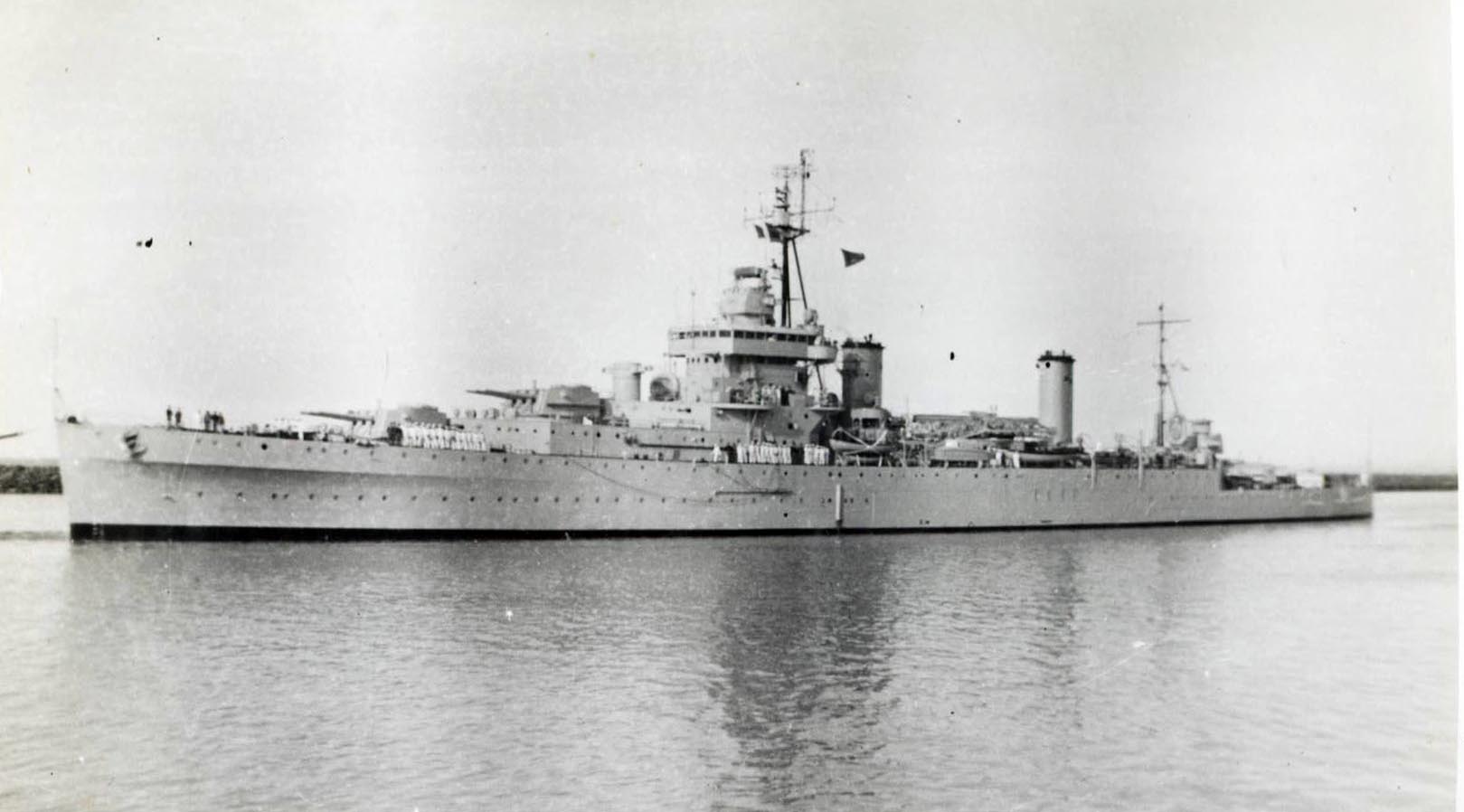Dilandu
I'm dissatisfied, which means, I exist.
Do you speak spanish?
Zero, unfortunately.
Do you speak spanish?
Freedman said something about some kind of España class for perú.
I would say the proposal was from 1938/39 when the Italians offered a modified Littorio to the Spanish. And this article is only a comprehension table. This is logical as a battleship construction time is around 4-5 years, for example the 4th Littorio Impero would be finished by late 1943 early 1944 if construction commences as usual.
This would also explain the lack of accurate data on the KGV and North Carolina classes which were still under construction at this time and info on them would be limited. (Note that some of the NC preliminaries did feature triple 5" turrets! though none of the KGV preliminary variants featured 6" Guns! )
for example the 4th Littorio Impero would be finished by late 1943 early 1944 if construction commences as usual.
Found it, Design 513.Freedman said something about some kind of España class for perú.
Very interesting! Thank you for the tip! ("British battleships", I presume?)


I would say the proposal was from 1938/39 when the Italians offered a modified Littorio to the Spanish. And this article is only a comprehension table. This is logical as a battleship construction time is around 4-5 years, for example the 4th Littorio Impero would be finished by late 1943 early 1944 if construction commences as usual.
Latorre modernization would have occurred in the 1950sThey had the intention of modernizing the Latorre in the 1950s (after the fire problem, with excellent dual-purpose weaponry) but it was clearly not carried out.
Do you have any data on those proposed refit?
I just published an article about the Peruvian Dreadnoughts. Unfortunately the information is limited. And Peruvian sources are still difficult for me to access, both for concrete and raw information.P.S. Side question - do you know about any Peruvian interest in heavy warships? Avalanche Press article mentioned, that before buying "Dupuy de Lome" they expressed interest in French dreadnoughts, and it is known that they have at least brief interest in HMS "Gorgon" in 1920s. I also heard rumors (frankly, I doubt them...), that in 1920s Peru have some interest in ex-Austrian warships in service.
I just published an article about the Peruvian Dreadnoughts. Unfortunately the information is limited. And Peruvian sources are still difficult for me to access, both for concrete and raw information.
Something something ...
(EDITED)
So with 513 you went with 3 twins. Friedman only states 6 guns so indeed 3 twins or two triples or like in the Radetzky preliminaries two twins two singles
Wing singles could do the trick. as for triple no new design required Vickers (and Armstrong) already offered 14" triple turreted designs for Chile and triple 12" turreted designs for mostly Russia.
As for triple turrets we are talking 1911 here, the Russians, Italians and Austro-Hungarians already building triple turreted battleships and the Italian turrets were based on British designs.
Vickers Design 503 or Design R and Armstrong Design 670 or Design H for Chile 2x3,2x2 14"
Design 670 (H), 27,600 tons (625ft/661ft x 92ft x 26ft), ten 14in (two triple and two twin, in conventional arrangement)
Let`s get ready for translation!Battleship proposal to be acquired in November of 1943 (Revolución del 43).
Armament: 9 (3x3, 2/1) 381mm + 12 (6x2) 152mm + 12 (6x2) 89mm + 16 (4x4) 37mm + 16 (4x4) 13mm
Belt: 356mm
Deck: 200mm
Turrets: 381mm
Dimensions: 228m x 31m
Tons: +35,000
Power: 150,000 SHP
Speed: 30kn
Aircrafts: 3-2


Of course you can. Send me the link to read that topic!Something something ...
(EDITED)
Could I use this pictures - with credentials, of course! - to illustrate my Russian article about Preuvian naval projects?
Yeah, 513 was smaller than 512, so one doble turret went upSo with 513 you went with 3 twins. Friedman only states 6 guns so indeed 3 twins or two triples or like in the Radetzky preliminaries two twins two singles
Love itView attachment 634070
My attempt to visualize Project 513 (sorry for a very poor artwork, I have little time...)
Yes, i do, let me upload.Do you have the original text for this battleship you translated? (So many error I had difficulty reading it, like really??? Casemated idea in 1939??? )
Check this. Pages 508 to 540. Earlier pages are chit-chat. Let me know if this helps.Do you have the original text for this battleship you translated? (So many error I had difficulty reading it, like really??? Casemated idea in 1939??? )
Not proposed, evaluated.Can you re-upload them?
Many of the important pages are missing!
For example anything before 532.
But by based on the other pages this is a generic naval history article showing the evolution of warships mostly discussing British ones with mentions of French and German ones.
But if I understand correctly multiple calibres were proposed:
4x2 / 3x3 / 2x4 / 2x4,1x2 356mm
2x3,1x2 / 3x3 / 2x4 381mm
2x4 406mm

Here we go again:

This Anti-Aircraft Cruiser was proposed in the Argentine Naval Bulletin of 1938.
The design has two variants depending on the weapon configuration:
1) The first variant has sixteen 90-millimeter guns in simple mounts. This sketch can be seen at the top of the image and belongs to the authors of the proposal. An assimilable cannon is the "90 mm/50 (3.5") Ansaldo Model 1939 mm/50 (3.5") OTO Model 1939" http://www.navweaps.com/Weapons/WNIT_35-50_m1939.php with “Projectile Types and Weights HE: 22.5 lbs. (10.1 kg)”, “Muzzle Velocity 2,822 fps (860 mps)” and “Rate Of Fire 12 rounds per minute”.
2) The second variant has fourteen 100-millimeter guns (or greater, oscillating between 100 and 127 millimeters) in double mounts. This sketch, made by me from the copy and modification of the original, can be viewed at the bottom of the image. An assimilable cannon is the "4"/50 (10.2 cm) QF Vickers Armstrong Mark P" http://www.navweaps.com/Weapons/WNARG_4-50_VA.php with “Projectile Types and Weights HE: 31 lbs. (14.1 kg)”, “Muzzle Velocity 3,000 fps (914 mps)” and “Rate Of Fire 10 - 12 rounds per minute”.
The armament would have been arranged in the center line, allowing a greater firing range. It was intended that the bow batteries could shoot aft and at a convenient elevation and vice versa. The cannons would be stabilized, carry personnel protection, and be serviced and controlled by stations, automatically. The proposed firing stations would be independent and so elastic in organization that they would allow any one of them to control any one battery and even all batteries when that volume of fire is required.
It also envisaged the possibility of using a battery of 20-mm anti-aircraft machine guns in 6 double mounts, located in the center of the ship, intended for defense against assault aircraft.
The superstructures would have been reduced to a minimum (low funnel and bridge). As it did not need rigging or high observation posts to direct the anti-aircraft shot, it was proposed to present a reduced silhouette, convenient to hinder its sighting and to be beaten by the enemy from great distances.
Finally, and not least, it is a 4,000-ton cruiser with a speed of at least 35 knots.
Do you like this weirdo?
Regards, Coldown
Its not a Town class.I don't remember a cruiser with 3-2-3 arrangement and Town class turrets for Argentina



There is no more info in Ba Sing Se.Are the hull shapes accurate or just for turret arrangement? These look like remarkably narrow ships.

Very reminiscent of the the Bolzano conversion proposals

The archives said they need 3 of those ships. But it was 1938-9, argentina got the money for a bigger fleet but there was no seller.That AA cruiser seems an odd choice for Argentina, the local aircraft threat was pretty low. Brazil didn't have a powerful airforce at that time, neither did Chile.
I wonder if it was pure dream speculation on future trends or even Ansaldo pitching an export concept to sell gun mounts?
